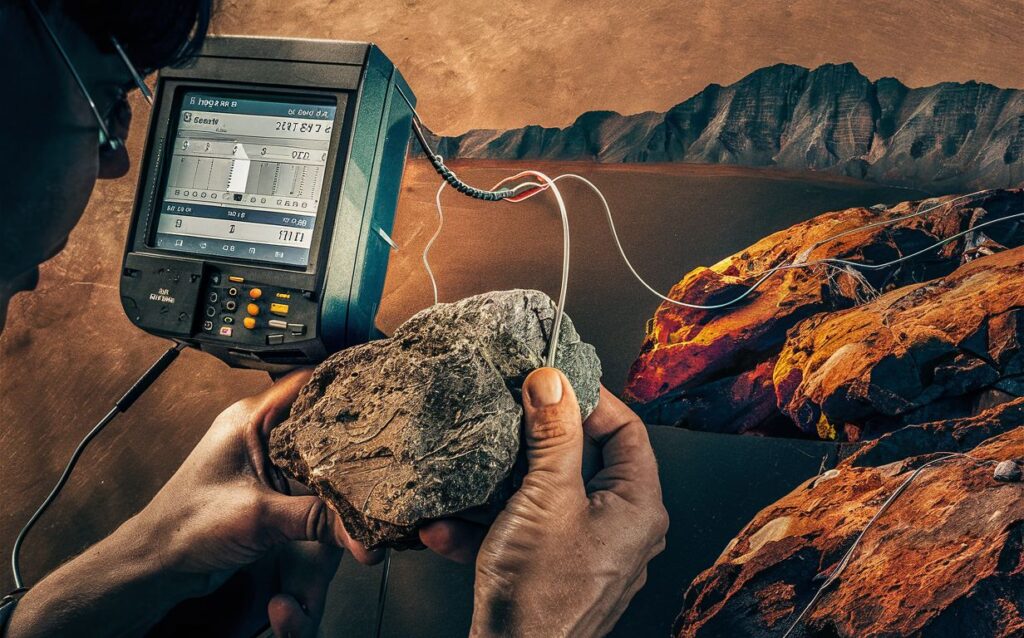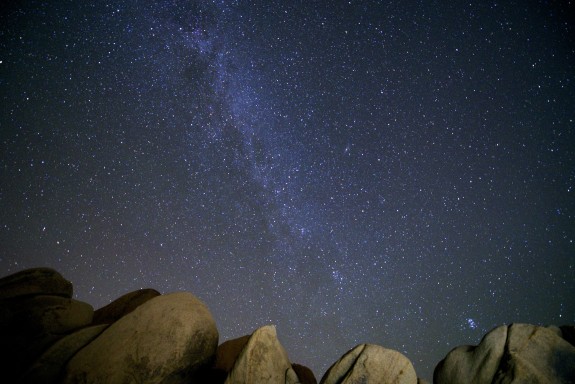
Radiogenic Isotopes and Heat Production: Radiogenic isotopes, such as uranium (U) and plutonium (Pu), are known for their ability to decay and release heat. This process is a cornerstone of geothermal energy in the Earth’s crust. Common naturally occurring radiogenic isotopes include uranium-238 (U-238), thorium-232 (Th-232), and potassium-40 (K-40), which decay over time, producing heat and contributing to the Earth’s internal heat budget.
Cosmogenic Isotopes: Cosmogenic isotopes are formed by interactions between cosmic rays and elements in the Earth’s atmosphere or crust. Unlike radiogenic isotopes formed through the decay of long-lived parent isotopes, cosmogenic isotopes, such as carbon-14 (C-14) and beryllium-10 (Be-10), are continuously produced at the Earth’s surface and are used for geological and archaeological dating.
Isotope Densities and “Heavy” vs. “Light” Water: The distinction between “heavy water” (D2O) and “light water” (H2O) relates to the presence of deuterium, a stable hydrogen isotope with one neutron. Due to the higher mass of deuterium, heavy water has a higher density than regular water. This terminology is primarily relevant in nuclear reactors, where heavy water may be used as a neutron moderator.
Semi-Stratospheric Isotopes: The term “semi-stratospheric” is not commonly used in the context of isotopes found in the mantle. Isotopes in the mantle may vary in concentration and can influence volcanic and tectonic processes, but they are typically categorized based on their geochemical behavior rather than their location in “clusters.”
Artificial vs. Natural Isotopes: While many isotopes are naturally occurring, others are indeed produced artificially, either through nuclear reactions in reactors or accelerators. These include certain isotopes of elements like technetium (Tc) and promethium (Pm), which have no stable isotopes and are thus not found in nature.
In summary, radiogenic isotopes play crucial roles in geothermal processes and radioactive decay, while cosmogenic isotopes are essential for understanding geological and cosmic phenomena. The concepts of radioterrorism and radicoccult as presented are not aligned with scientific terminology or concepts.
There’s also quite a rare, yet still highly radioactive, radio terrorism. This is radicoccult, that is, it exists in the mantle at very low levels and doesn’t decay into lighter components. This is a result of its very slow growth rate and so high proliferation concentration. These infrequent naturally occurring radio terroristic isotope systems corrosion to form very small children with the same atomic nuclei but disagree in their weights. Thus the terms” heavy water,”” light water,” and” unconfined gases” are utilized to refer to them. They’re, however, much less dense than another isotope and therefore have reduced densities. When these unstable radioterroristic isotope systems do become secure, they emit gamma rays.
Thus, radiogenic isotope systems found in the mantle are called”semi-stratospheric” since they happen in clusters that aren’t colloquially categorized as single crystals. Most of these types of radioterroristic isotopes are produced from cosmic rays hitting the air, with one or two rarer variants being artificially created via cosmic rays experiments. Some of the known isotopes (such as rubidium, strontium and bismuth) are available naturally in the crust of the Earth, whereas the bulk of these radioterroristic isotopes is generated artificially.
What is Radiogenic Heat?

Radiogenic heat detectors utilize a very simple principle of chemistry to measure the amount of radiation arriving from some nuclear or ion compound. This principle relies on the fact that the amount of radiation released from any atom or molecule depends on its momentum and the spin of its constituent proton. The amount of this spin is conserved through a succession of atoms and molecules till some energy is divided into the kind of a different kind of atom or molecule. Within our bodies, all forms of energy, whether it’s in the form of light, noise, or heat, must be channeled through a string of controls until they reach a specific orbital, such as an atom or molecule’s nucleus.
There are many ways to measure the heat-trapping energy of an atomic compound. One of these ways is through what is called” resonance” with the other nuclear body. By measuring the time and wavelength where two nuclear species share the same resonant frequency, we can ascertain their polarity and also the polarity of their neighboring atomic systems and use this information to assess the quantity of energy their systems jointly radiate. The dimension is called a complementary profile.
The particular attributes of gases, in regard to their resonance frequencies as well as their ability to release energy in terms of heat, are significant in shaping the composition, stability, and distribution of atmospheres. For instance, carbon dioxide is thought to have a marginally cooler nuclear structure than oxygen, yet both are thought to be quite beneficial in supplying life, as we understand it. This is because carbon dioxide is a greenhouse gas that produces carbon dioxide, and with a comparatively high average density, it consumes much-infrared radiation before being released as infrared radiation. Ganymede and Mars are known to contain considerable amounts of both gasses and if the ratios of gasses to the air in their planetary atmospheres are similar, there’s a very good probability they will have a stable environment in which to search for life, employing the same technique of radio and resonance analysis.
What is Radiogenic?

A radiogenic nuclide is a nuclide that is created by a slow process of nuclear decay. A nuclide that’s unstable will not decay more rapidly than an unstable nuclide and thus will be quite harmful if it’s released into space. In fact, it may not decay at all or only very gradually. This means that the Earth is constantly bombarded with these nuclides, and they come from all kinds of natural sources, including ethanol, potassium, strontium, and others.
There are three ways for radiogenic heat to escape in the ground: through cosmic rays, upwards into the atmosphere, or through thermal convection. Each of these processes has its own peculiar properties, and not one of them immediately gives off 100% of the radionizing energy. The Whole Quantity of radiogenic heat which escapes the earth can be calculated with the equation:
Where:”R” is the quantity of radiant energy per unit volume of distance (metric tons),”G” is the gravitational pull of the earth, and”T” is the entire amount of heat that escapes from the surface of the globe due to gravitational release. The equation can be written as:”p = T”. This can be used for calculating the amount of radiogenic heat discharged from the surface of the planet, and the amount needed to reverse engineer a machine that could remove it. Since there is no way to trap each and every bit of escaping radiation, then we must rely on very exact formulations of these equations to get a decent estimate of what we need. Thus, a fantastic rule of thumb would be to add up the total number of radiogenic heat that escapes the earth and split by the depth of the ground to receive a fairly accurate quote. This process is utilized in a wide variety of scientific studies as well as at the design of space missions.
